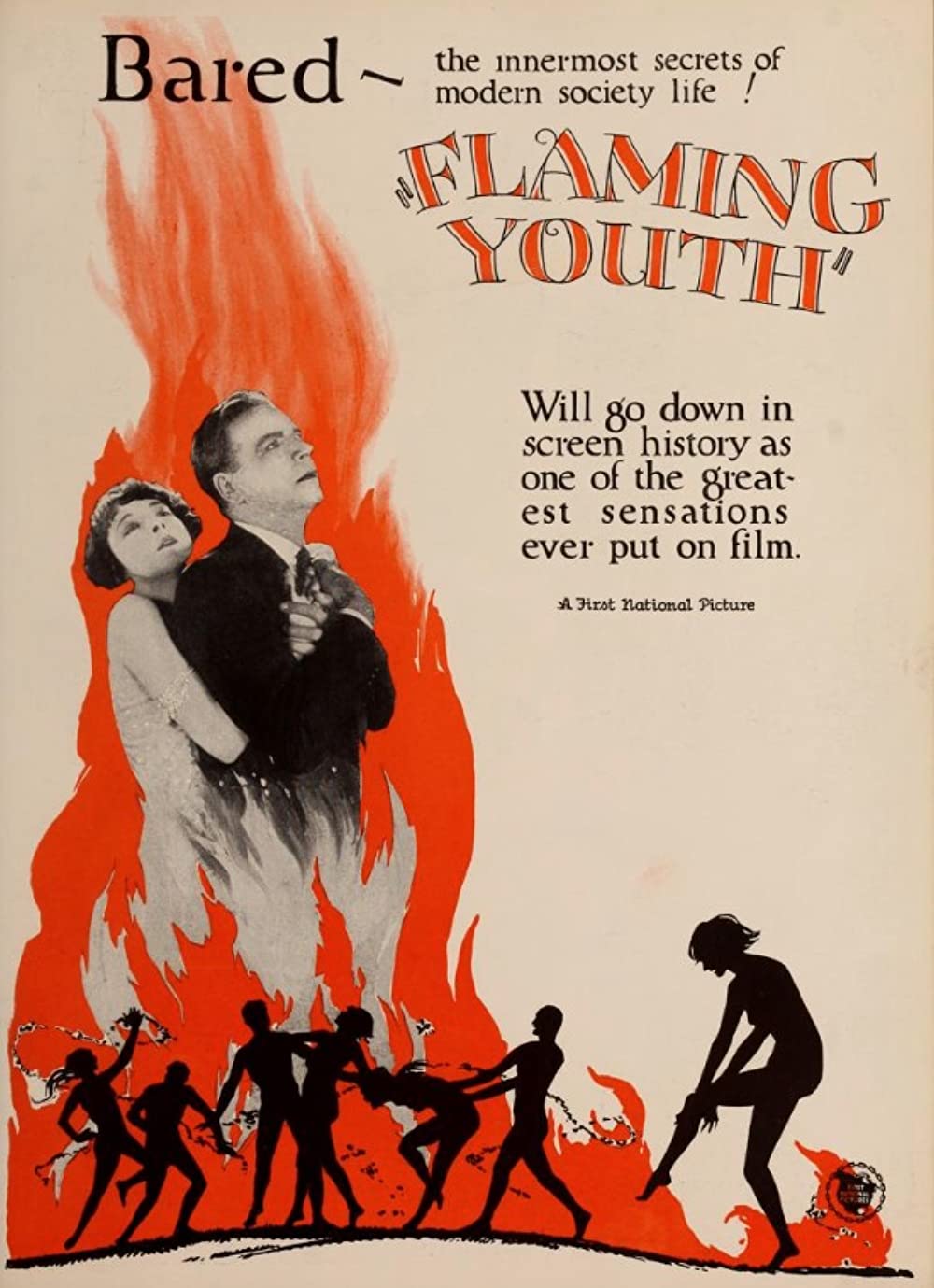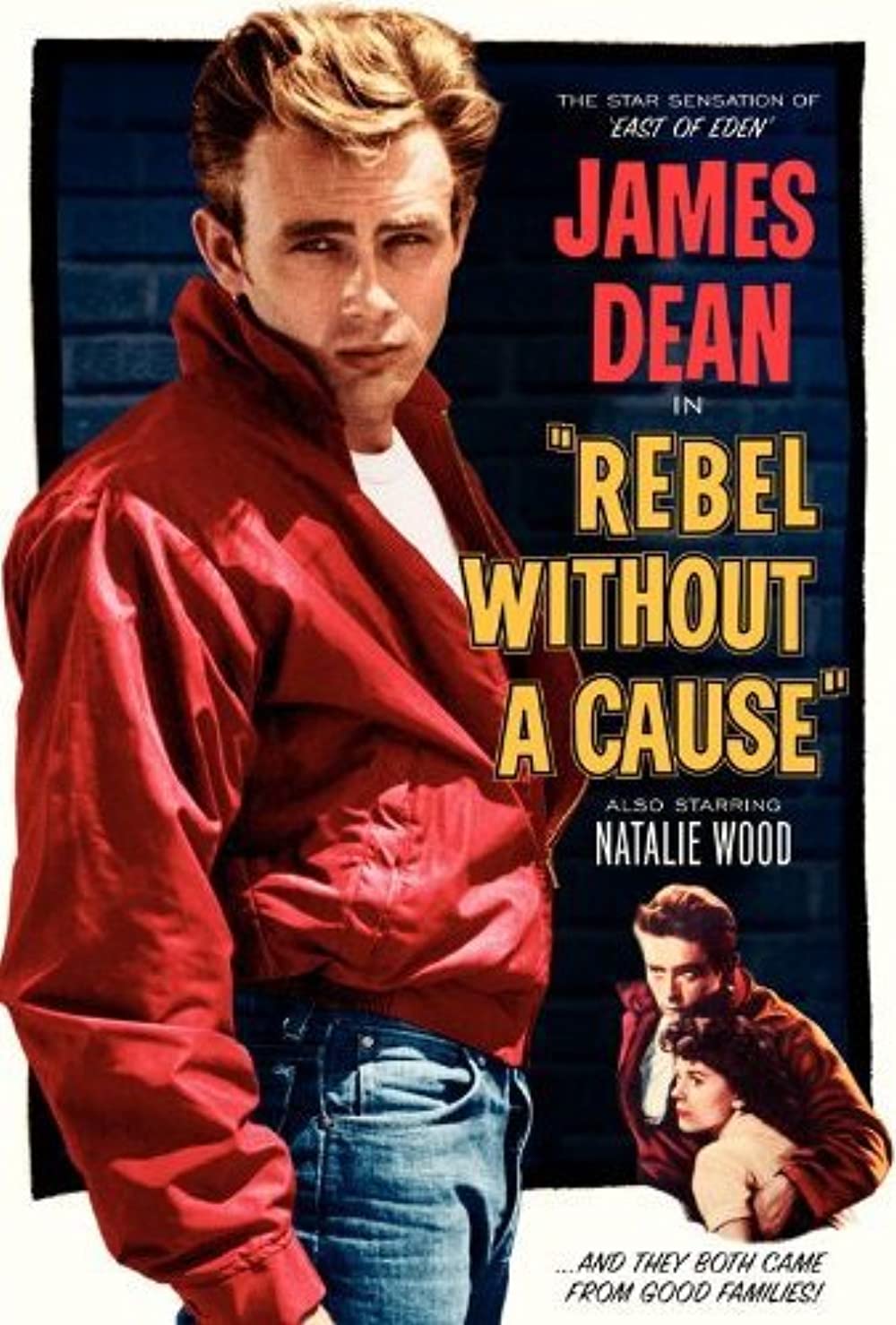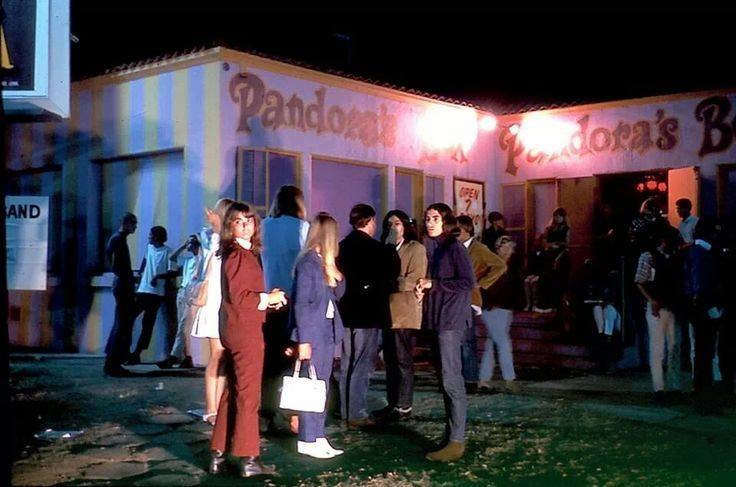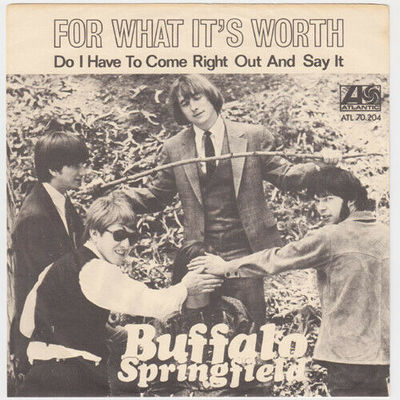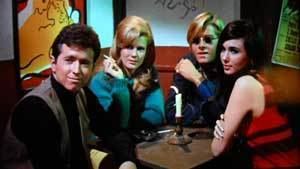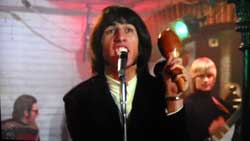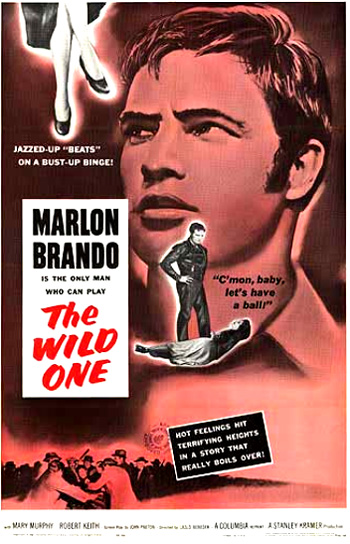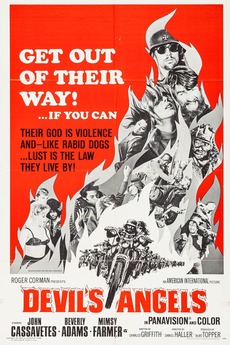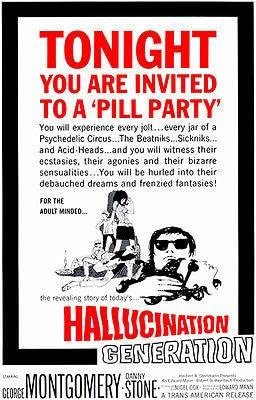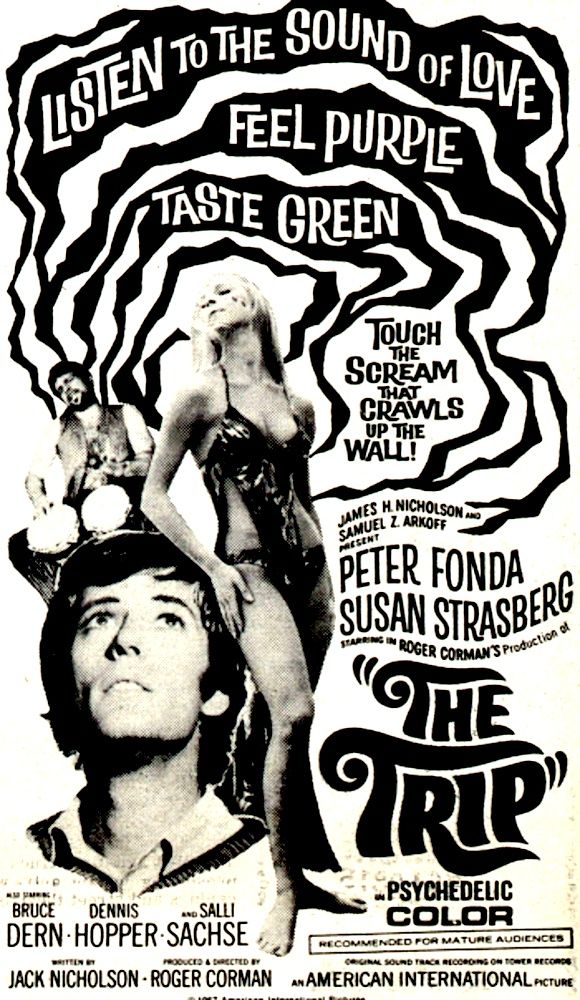
by Mark Yon
Scenes from England
Hello again!
It’s been a while, but I’m pleased to finally receive a copy of the new New Worlds. (Note: no longer with sf impulse.)
And it is new, and different.
The first noticeable change was heralded by the slap of the magazine landing on my doormat. Clearly designed to compete with the big glossies on the newsagent’s shelves, New Worlds has changed from the paperback size (7 inches x 4 ½ inches) to something that is 11 inches by 8 ½ inches. It reminds me of that change that Analog Magazine tried a couple of years ago.
As fellow Traveller Kris explained back in March, the magazine now has funding from the UK Arts Council – the rumours seem to suggest somewhere in the region of £120 000. So we now get bigger (in size, if not in the number of pages) and glossier, determined to impress. But is it enough? Let’s go to the issue!

Another change. The “Editorial” has now become the “Leading Article”. Presumably this is to let other writers than the editor Mike Moorcock to do some of the writing. This issue states that the article is by Moorcock with “editorial contributions and assistance from Thomas M. Disch and (Mrs Moorcock) Hilary Bailey” on the contents page.
Other than that, the message is pretty much the usual – change is here and this magazine reflects that change. There is an emphasis on social change and the social sciences, “imperfect as they are” being the new place to go to examine the human condition as it is – and by looking at the past how the human condition has changed. To do this, the writers cover a broad range of ideas, from Victorian melodrama to religion, Freud, Kafka and Viet Nam. All good stuff and thought-provoking, not to mention controversial – I suspect Analog readers might have something to say on the matter!
Really though, it is the usual ideas that we’ve seen in recent Editorials in New Worlds, albeit for a potentially new audience.
 Illustration by Zoline
Illustration by Zoline
Camp Concentration (part 1 of 4) by Thomas M. Disch
And so to this month’s big event story.
The story is told in a diary format. As the narrator, Louis Sacchetti, begins his tale we discover that he is in Springfield prison with a five year sentence for being “a conchie”, a conscientious objector to the war the US is fighting. (There are deliberate parallels here with Viet Nam, I think.) Without warning, writer Sacchetti finds himself being taken from Springfield to Camp Archimedes, where he is to be an observer and write as if to an outsider what the Camp is like. He is well looked after, although the reason for this is initially unknown.
He meets fellow prisoners George Wagner and Mordecai Washington, the nominal leader of the prison inmates, and Doctor Aimee Busk, who explains that George is part of an experimental group at Camp Archimedes attempting to enhance intelligence.
Sacchetti meets more of the prisoners. Like in some bizarre alternate version of a WW2 prisoner-of-war film, Sacchetti agrees to help set up a theatre production by the prisoners, that of Marlowe's Faustus. During the performance George becomes violently ill. Mordecai explains to Sacchetti that it is a side-effect of being given Pallidine, a drug that rots the brain and gives the person months to live whilst hopefully improving intelligence.
The drug enhancement made me think that Camp Concentration is like Daniel Keyes’s Flowers for Algernon, but for a more grown-up, more worldly-wise and drug-aware audience. The whole story (so far, anyway!) is dark, unsettling and decidedly adult, more Aldiss than Asimov. Filled with cultural and literary references, we are a long way away from the traditional space opera here, although I can see that this nearly continuous name-dropping may be wearisome in the long-term.
Last time, in the "Up and Coming" advertisement for this issue, Moorcock declared Camp Concentration to be the finest sf novel we have ever published. I was a little wary of the hyperbole, personally, but I must admit that this is actually pretty good, a more contemporary version of Orwell’s nightmarish autocratic vision in 1984, perhaps.
It’s not always easy reading, and some of the language used is quite shocking and not for everyone, but this is big, bold science fiction and a story for our modern times. I can’t wait to see where it goes next. 5 out of 5.
The Death Module by J. G. Ballard

Appropriate illustration for the cut-up world of J. G. Ballard. Illustration by Douthwaite.
Leading the British sector of the so-called New Wave, where would we be without a contribution from England’s “Mr Chuckles”, J. G. Ballard? Irony aside, this is typically anti-utopian stuff made up of the usual cut-up snippets and dense yet precise prose we expect from Mr. Ballard.
Regular readers of his work will find characters from previous work reappear – Karen Novotny, Coma, Kline, Xero, Ralph Nader, J. F. Kennedy, Harvey Oswald – now joined by the three dead (and thankfully unnamed) astronauts of the recent Apollo disaster, though to what exact purpose is under debate. Images of sex, pornography and crashing vehicles proliferate in this collage of moments. As baffling as ever, fans will appreciate more of the bleakness and the dour mood that typically suffuse Ballard’s work. Intellectually disconcerting. 4 out of 5.
1937 A. D. ! by John T. Sladek
John Sladek has been appearing a lot in the British magazines lately. Whilst not quite as noticeable as Disch or Zelazny, he has been known to be creating readable stories of interest. This is another one, a time-travel story that in its setting and lighter tone has the feel of a Bradbury rather than a Wells – or perhaps a Clifford Simak. Amusing and well done, if nothing really new. 3 out of 5.
Article: Sleep, Dreams and Computers by Dr. Christopher Evans
This heralds the return of science articles to New Worlds. Dr. Christopher Evans is known here for his articles on computers. He’s not Isaac Asimov, admittedly, but his article on computers, sleep and machine intelligence (they are connected here!) is accessible and written in a prose that is not intimidating. 4 out of 5.
The Heat Death of the Universe by P. A. Zoline

Zoline is perhaps known for her art – there is some of it in the magazine! – but here her prose “does a Ballard” and is presented in small, easily digestible chunks. 3 out of 5.
Not So Certain by David Masson
The return of David Masson brings me mixed feelings. When his work is good, it is very, very good – see his story Traveller’s Rest, for example, back in the September 1965 issue.
However, some of his more recent stories have been less impressive – often still ambitious, but for me lacking something.
The good news is that I enjoyed this one a little more than some. Not so Certain deals with one of Masson’s interests that has appeared in his stories before – that of linguistics and syntax. It is pleasantly complex, although overall the story feels like a lecture, heavy on its didactics. As a result, it is rather like Ballard’s work to me – complex, intelligent and yet rather mystifying. There’s some effort made here, but it does feel rather dull, with a cop-out ending. 3 out of 5.
Article: Expressing the Abstract by Charles Platt

The first page of the Escher article, showing how the magazine is taking advantage of its new quality printing and bigger layout.
And talking of lectures, here’s an article from the magazine’s newly-employed Art Director (you may also remember him for his prose too!) that examines the work of abstract artist E. M. Escher. This accounts for the eye-catching cover this month, but also explains that – wait for it! – there is more to Escher than meets the eye! (Sorry.) An interesting and enlightening article, that I suspect is here because it fits the wider brief given to the magazine by the Arts Council. 4 out of 5.
The Soft World Sequence by George MacBeth
Poetry. Glass eye in groin. Cucumbers. 2 out of 5.
In the House of the Dead by Roger Zelazny
Lyrical Fantasy from Roger. Strange, gruesome, experimental dream-like images… the sort of thing now expected from the New Wave. An apocalyptic tale of gods and Masters, it is more obtuse than most of the recent material I’ve read of his. Thus, I liked this a little less, but it is still quite good. 4 out of 5.
Book Reviews
Brian Aldiss continues to provide book reviews in this new New Worlds. This month, Brian has two descriptions of non-fiction books about the Hiroshima atomic bomb and a discussion on the consequences of such an event. Douglas Hill reviews Judith Merril’s The Year’s Best S-F, 11th Annual Edition. James Cawthorn (here as “J. Cawthorn”) reviews Samuel R. Delany’s The Einstein Intersection, Roger Zelazny’s Four for Tomorrow, Philip K. Dick’s The Man in the High Castle and Robert Bloch’s collection, Pleasant Dreams / Nightmares, amongst others.
I like the more in-depth reviews, with Aldiss clearly the star of the show this month – even if they’re reviews of books I’m not tempted to read or buy myself.
Another change – there’s a little potted history of all of the contributors at the end of the magazine. I liked it – it’s a nice classy touch, and introduces the authors to those who may not know them from previous incarnations.

Summing up the new New Worlds
If I had to predict what I thought the new New Worlds would be like, this issue would be it. A wide-ranging mixture of science articles, articles on art, book reviews, poetry and yes, some science fiction, but a literary science fiction that is of “the now”, rather than something that harkens back to the past.
Comparing this to earlier Moorcock issues and especially the John Carnell era issues of a mere couple of years ago, this is a revelation, although regular readers may feel that this is what we’ve been leading up to.
More importantly, I think that this issue is the closest we’ve got so far to Moorcock’s vision for New Worlds. It is eclectic, abstract, big, bold and experimental. I feel that this issue is designed to show everyone what a science fiction magazine can offer – and, in my opinion, it mainly delivers. Ballard is Ballard, whilst the Disch is designed to shock – and does a pretty good job.
Whilst many of the authors are those we have read before, Moorcock clearly picking favourites to highlight the potential of his magazine, the presentation of a package of diverse material makes it seem new. It feels deliberately determined to prod, cajole and create controversy. You may not like everything here (and I didn’t!), but I think that that is the point. Is it science fiction and fantasy for the masses, though? Time will tell.
For me, Mike has impressed with this issue – now all he has to do is keep up this quality on a regular basis.

Until the next!

![[June 26, 1967] Change is Here (<i>New Worlds</i>, July 1967)](https://galacticjourney.org/wp-content/uploads/2022/06/New-Worlds-cover-July-1967-672x372.jpg)

![[June 24, 1967] Oh no, not again! (The James Bond movie, <i>You Only Live Twice</i>)](https://galacticjourney.org/wp-content/uploads/2022/06/670624poster-600x372.jpg)

























![[June 22, 1967] The Pong Arising from the World Convention](https://galacticjourney.org/wp-content/uploads/2022/06/670622hugos-672x372.png)

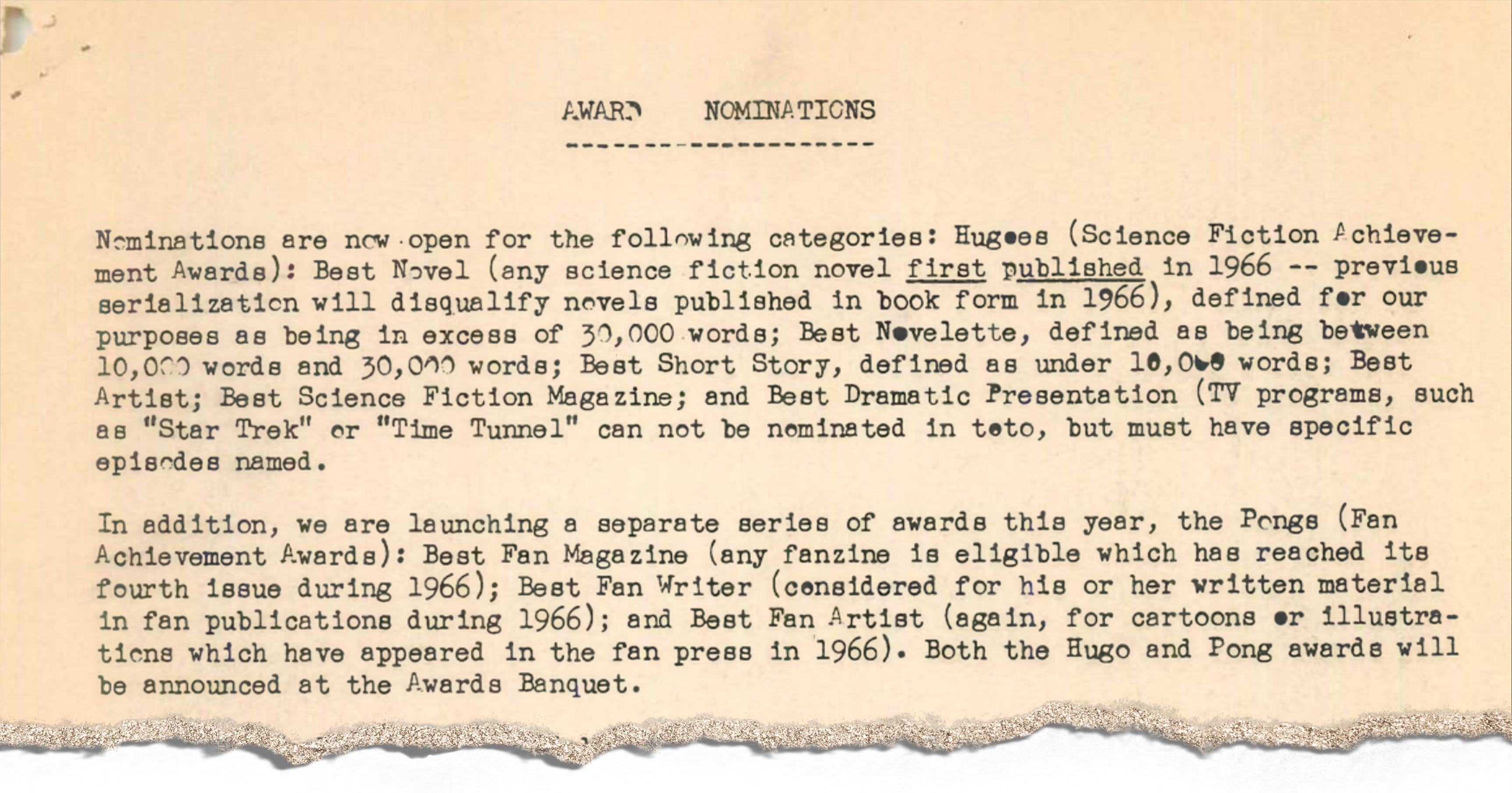



![[June 20, 1967] Yours sincerely, wasting away (July 1967 <i>Fantasy and Science Fiction</i>)](https://galacticjourney.org/wp-content/uploads/2022/06/670620cover-649x372.jpg)

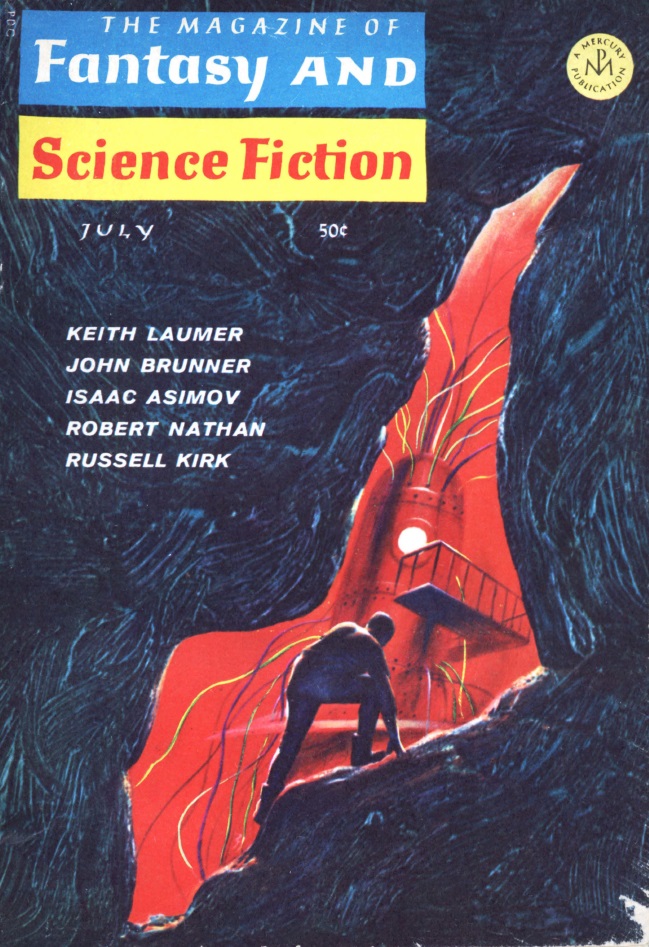

![[June 18, 1967] Sgt. Pepper's Anti-War Military Rock Uniform](https://galacticjourney.org/wp-content/uploads/2022/06/5459197-HUTPCWVK-7-672x372.jpg)

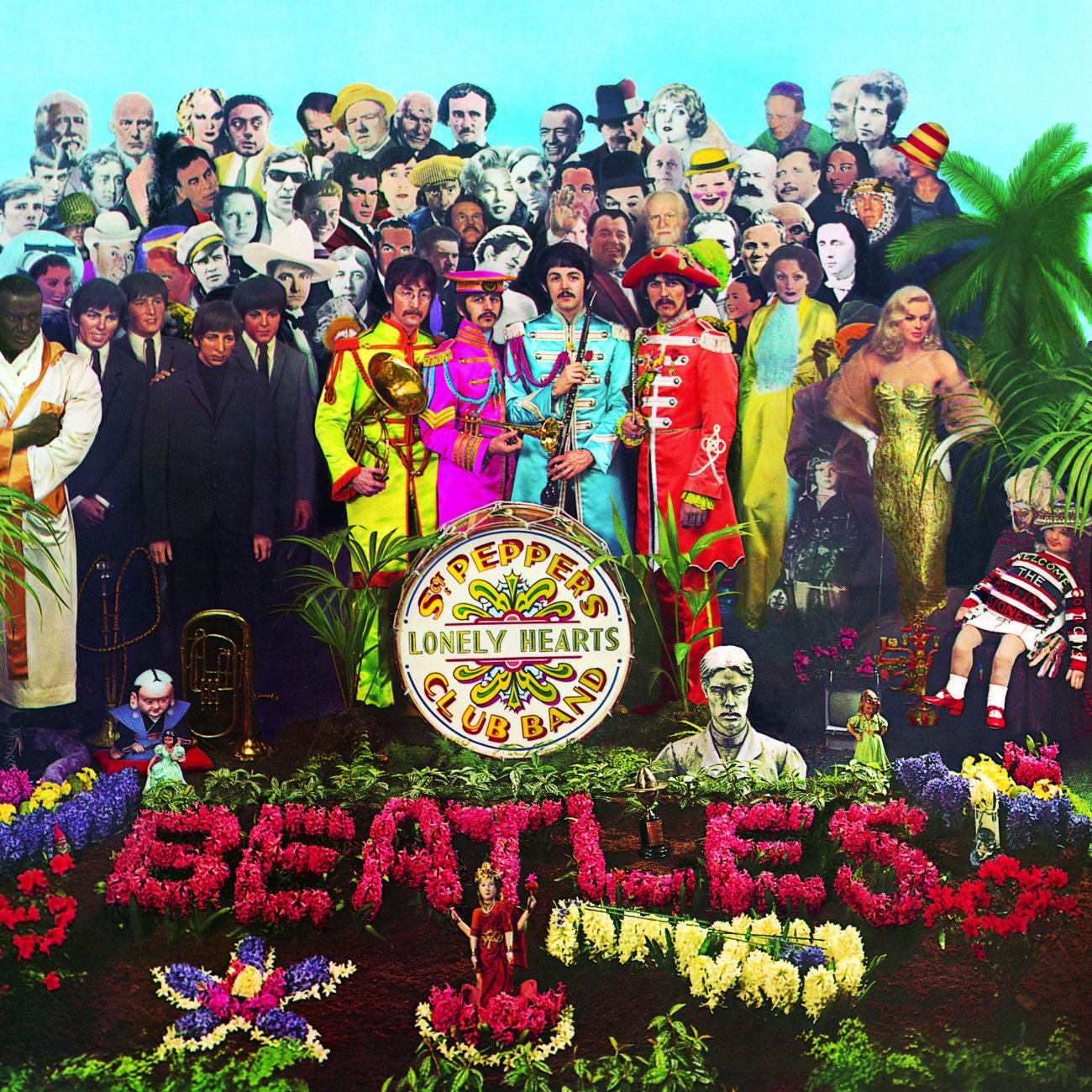








![[June 16, 1967] What's Going On Here? (June 1967 Galactoscope)](https://galacticjourney.org/wp-content/uploads/2022/06/670616covers-672x372.jpg)







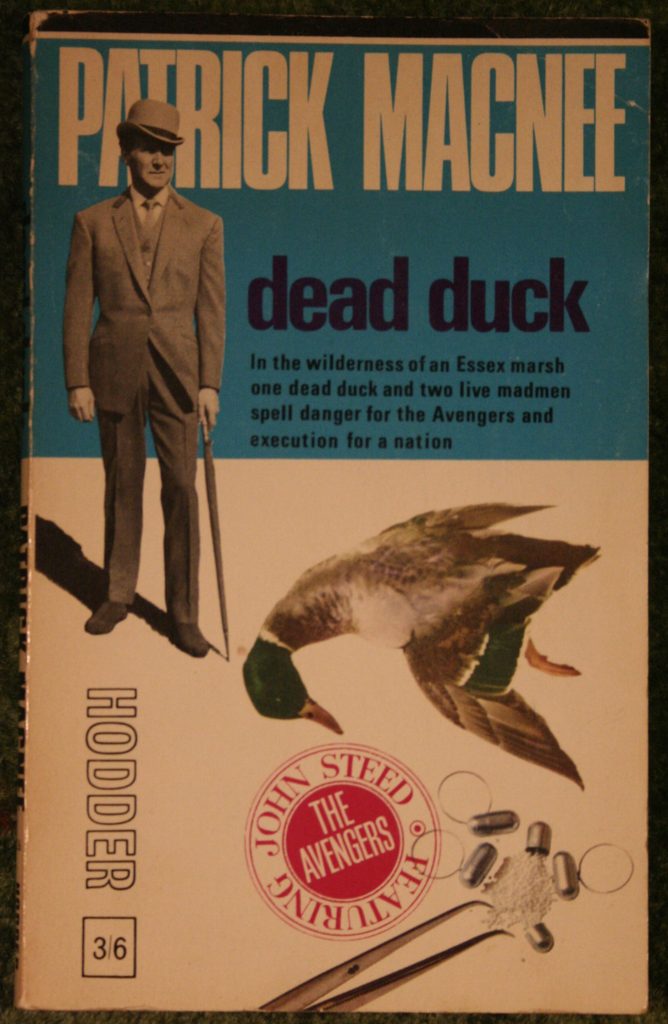
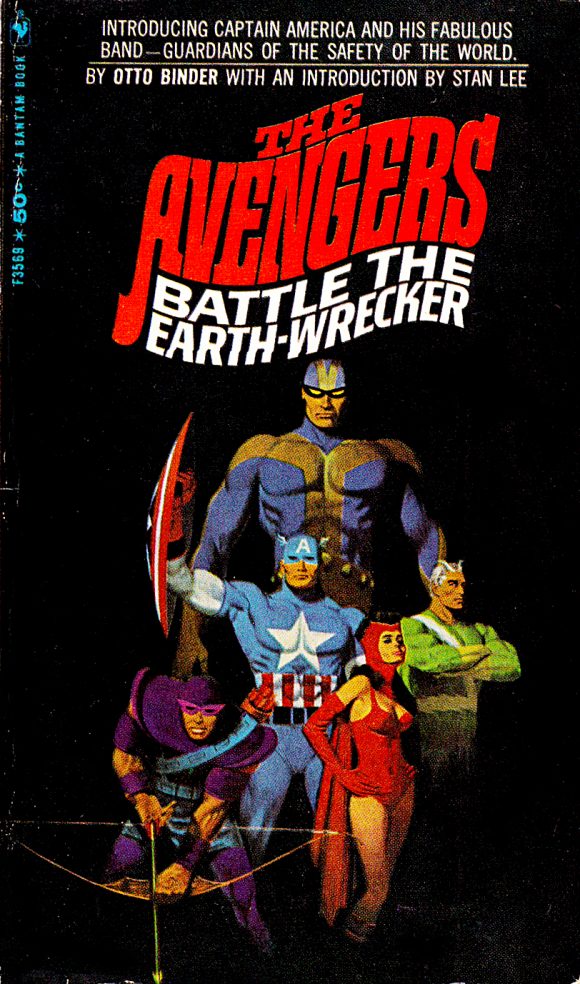
![[June 14, 1967] What's Easy for Two (<i>Venus 4</i> and <i>Mariner 5</i>)](https://galacticjourney.org/wp-content/uploads/2022/06/670614mariner-672x372.jpg)


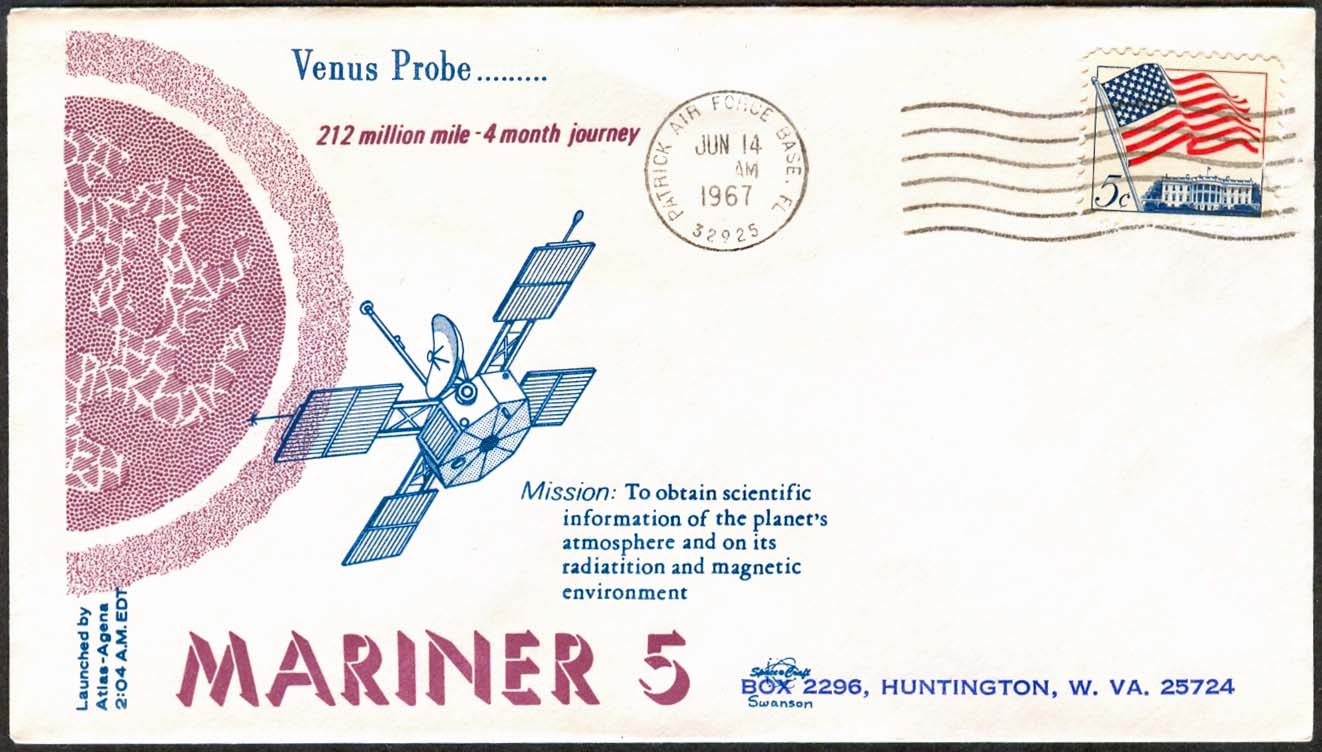

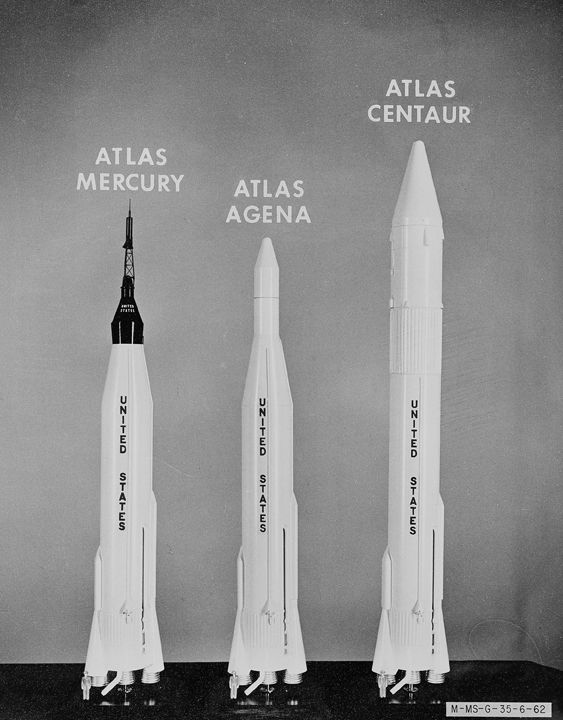
![[June 12, 1967] The Mouse that Roared (The Six Day War)](https://galacticjourney.org/wp-content/uploads/2022/06/670607jeru3-672x372.jpg)


























![[June 10, 1967] Music To Read By (July 1967 <i>Fantastic</i>)](https://galacticjourney.org/wp-content/uploads/2022/05/fantastic_196707-2-1.jpg)



















![[June 8, 1967] Rebels With And Without Causes (<i>Riot on Sunset Strip</i> and <i>The Wild Angels</i>)](https://galacticjourney.org/wp-content/uploads/2022/05/Untitled-2-672x372.jpg)
